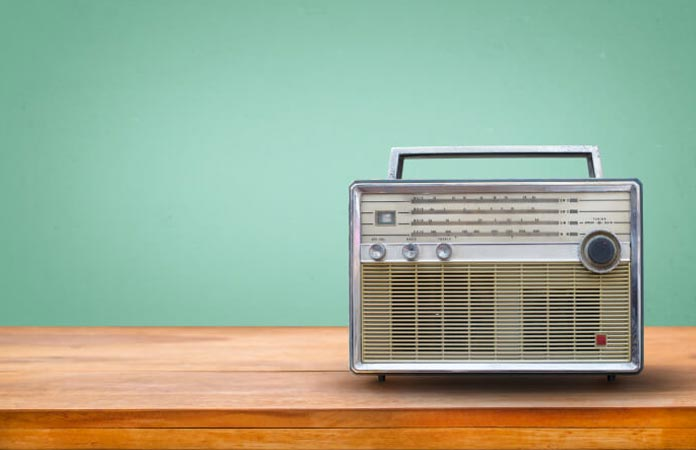
Television and radio, like the vast majority of other media used for the transmission of advertising messages, both provide several unique benefits. Radio and television are two of the five forms of media that are included in what is collectively referred to as the conventional forms of media. The other elements include periodicals such as newspapers and magazines and the internet. Advertisement campaigns are often developed by businesses and typically depend on one or more of these media in addition to other support media. For example, you want a radio broadcast for sales training services in Wisconsin.
Ad relevance matters. Audiences want to see advertisements pertinent to their requirements, interests, and difficulties. If this is not the case, they are not interested in learning more about such goods and services. With radio stations’ assistance, you can get past this issue since they allow you to dial in your marketing using contextual targeting.
Television advertising’s extensive reach
The vast audience that may be reached is a significant benefit of TV advertisements. Television advertising is sometimes criticized for being expensive; nonetheless, it offers the most significant potential for businesses to communicate with a sizable number of people. The total number of individuals aware of your advertising message is referred to as its reach. Reach is often considered one of the most important goals for businesses, with a primary emphasis on increasing brand recognition. So be it any night; it is not unusual for the prime-time television programs with the highest ratings to have 10 million or more viewers.
The Creative Side of Television Advertising
Within the realm of conventional media, television also offers the most fertile ground for creative endeavors. It includes visual components such as print and aural aspects such as radio, and it also incorporates dynamic movement. Advertisers often use narratives inside their advertisements to make an impression on the audience. Creativity has the potential to imbue a brand with more profound significance that extends beyond the product itself. You may appeal to several senses, target emotional connections, and add characters with which the viewer can identify via the television medium.
The Costs of Radio Advertising
Radio is often considered one of the classic media formats with the lowest production costs. This either contributes to the fact that local companies make up a substantial portion of radio advertising or is a consequence of the fact that local businesses do so, depending on how you look at it. Producing advertising for radio does not need the pricey video equipment or the complex logistics required for television. In addition, radio advertisements are often offered bundles consisting of a certain number of spots to be played in a rotation, making them a more affordable alternative to TV placement.
The Benefits of Maintaining Radio Timeliness
Radio and print newspapers provide the most timely ad placements compared to other conventional media formats. This is to the advertiser’s advantage in two different ways. One benefit is that there is a relatively quick turnaround time for having an advertisement broadcast. The typical period for developing a radio advertisement is three weeks, followed by two weeks spent developing an entire media purchase, producing an ad of high quality, and purchasing considerable air time.
Conclusion
Ads may often be produced by and placed on smaller firms for radio broadcast for sales training services in Wisconsin in just a few short days. Additionally, being timely implies that you can offer more timely communications to boost active commercial operations and promotions.

